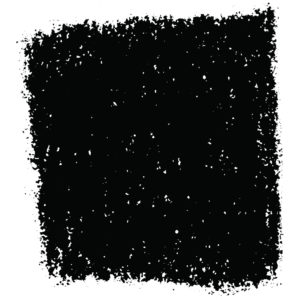

Select the bottom linear gradient in the Appearance panel and go Effect > Stylize > Drop Shadow. Change the fill’s Blending Mode to Multiply and set the Opacity to 5. In the Texturizer dialog, change the texture to Burlap, the Scaling to 200, the Relief to 50, and the Light to Top. Then, select the new gray fill, and go to Effect > Texture > Texturizer. Step 8Ĭreate another new fill from the Appearance panel and fill it with a gray color. Change the first color stop to white, the second to a light gray, and change the Angle to -90. Step 7įrom the Appearance panel, click the pop-menu, choose Add New Fill and fill it with a linear gradient. Next, using the Color panel, remove the stroke and fill from the text. I used the the font for Museo Slab 900 for the “Raster” text. That does it for the seamless background texture, but we can also add similar textures to our copy, all while keeping the text still editable! (Isn’t the Appearance Panel awesome?!) To start, select the Type tool (T), and type some text. From the sub-menu of the new radial gradient, click Opacity, and change the Blending mode to Overlay as outlined in the images below. Select the top fill, and change the gradient to a Radial Gradient. Then set the color to white on both stops and change the Opacity of the first white color stop to 40 and the second to 0. Step 5įrom the pop-up menu of the Appearance panel, add another New Fill like before. From the Appearance panel, press the arrow to the left of the title and from the sub-list, click on the Opacity link and change the Blending Mode to Multiply. In the Grain dialog, change the Intensity to 90, the Contrast to 50, and the Grain Type to Sprinkles. With the new gray fill selected in the Appearance panel, go Effect > Texture > Grain. Choose the topmost fill from the Appearance panel and change the fill to a gray color. Step 3įrom the Appearance panel, open the pop-up menu and choose Add New Fill. Change the first color stop in the gradient to a greenish blue color, change the second color stop to a darker greenish blue color, and change the Angle to -90.

Take off the stroke and fill the rectangle with a linear gradient. Step 1Ĭreate a new document and create a rectangle with the Rectangle tool (M). You can change this resolution by going Effect > Document Raster Effect Settings. For these effects, I keep the Document Raster Effects Settings at 300 ppi. If you are familiar with some of the texture effects and filters in Photoshop, you will feel right at home with this technique. So why not give it a try? 🙂 ) Raster Effects Unless you expand the effects, you can adjust your artwork without worrying about creating pixelated artwork. Another key advantage to creating this in Illustrator is the scalability of vectors even with raster effects applied. But I’ve found creating these type of effects in Illustrator is a lot easier and quicker. (Psst…I know some of you are saying that using raster effects in Illustrator is cheating because its not vector art and instead, you should just use Photoshop.

If you are looking for more seamless textures, I’d recommend checking out . Additionally, we’ll use the Appearance panel to quickly create a unique graphic style–this should make it easy to apply the effects to other text and vector objects. One of the great things about using the techniques in this tutorial is you can easily create a seamless texture or background without having to add a mask out nor make sure it will fit your artwork properly. If you have been working with illustrator for a while, you probably know that you can easily drop in a texture as an image, set it to multiply, and you’re good to go.

Tutorial Details: Seamless Textures and Seamless Backgrounds
#Illustrator textures how to
So in today’s tutorial, I’ll walk you through the steps on how to create a variety of seamless textures and backgrounds all in Adobe Illustrator. But we’ve seen large improvements with the Appearance panel in more recent versions of Illustrator, so now I create these textures and backgrounds solely in Illustrator–it’s actually super easy! Previously, I created seamless textures for typography and seamless backgrounds for my web and illustration projects with Photoshop. I think you’ll all agree that Illustrator is just plain awesome, and with the continual improvements we see with each new version, it keeps getting better and better.


 0 kommentar(er)
0 kommentar(er)
